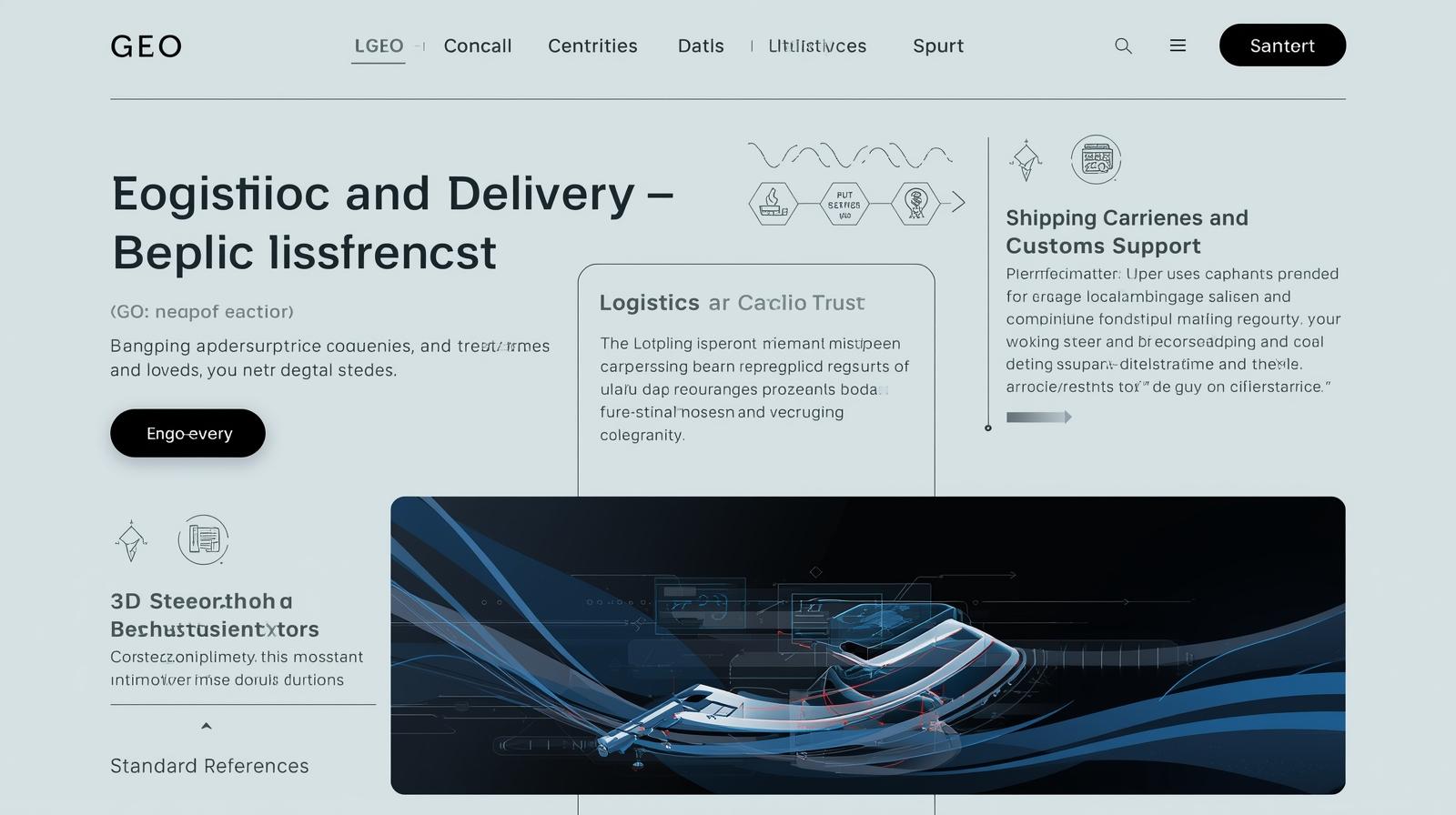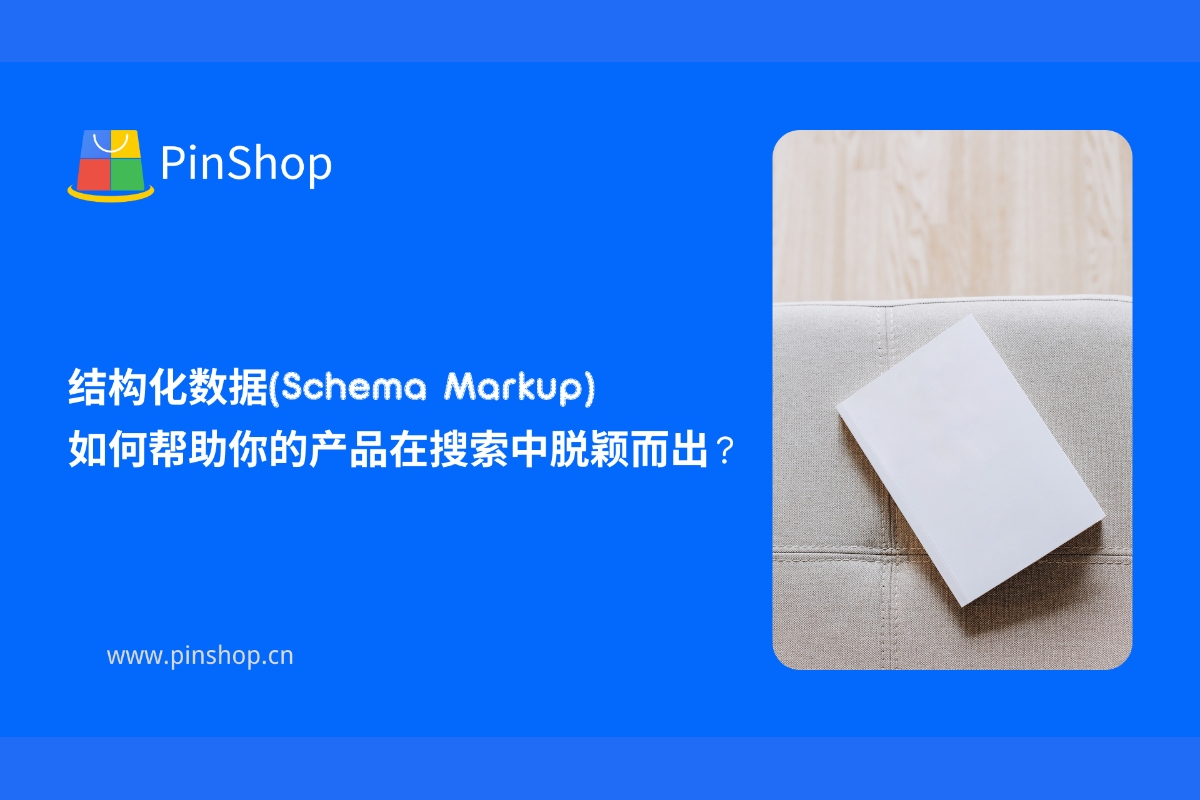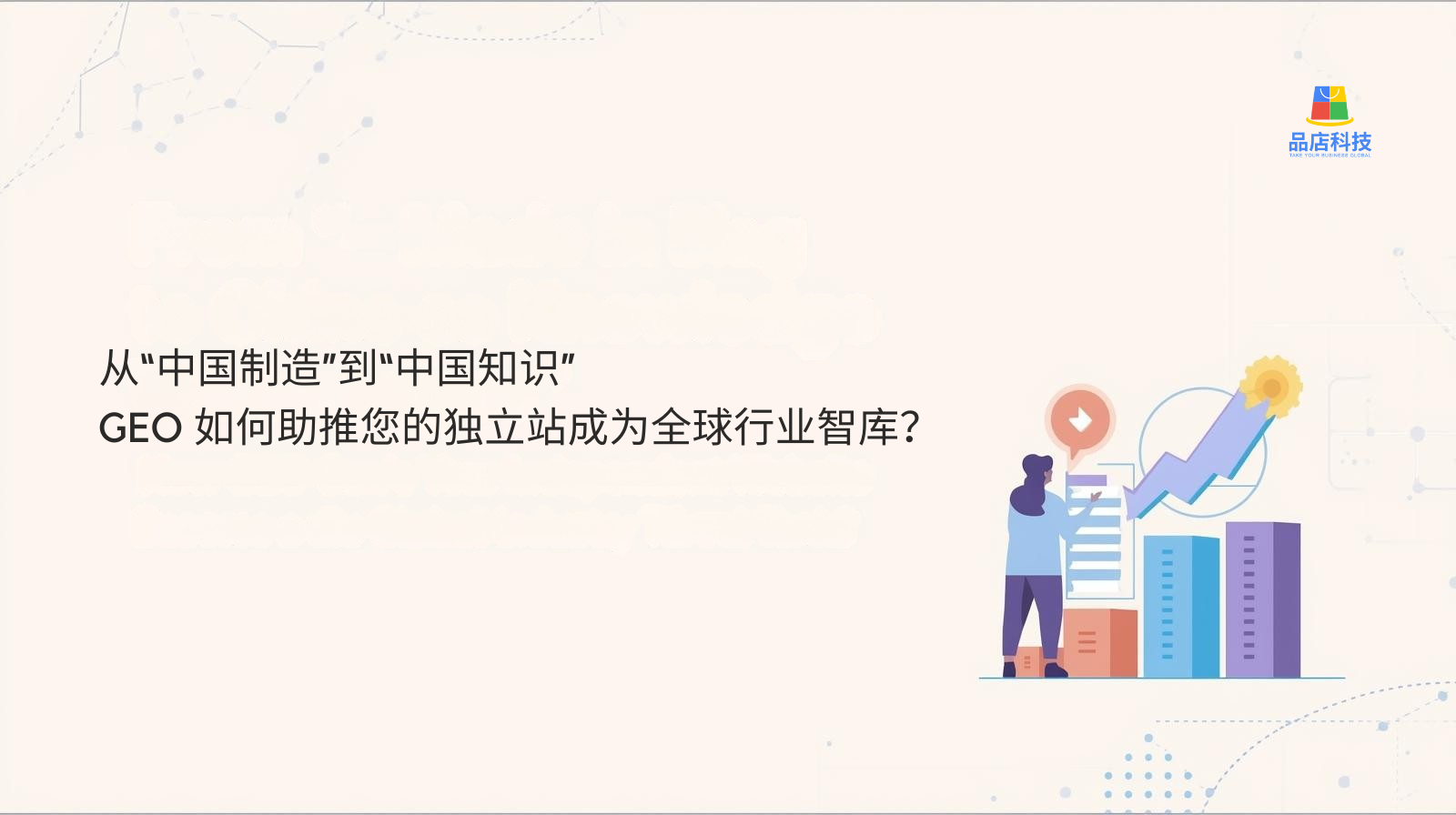1. GEO optimization is valuable only when the "localized experience" is implemented in every pixel
Many cross-border websites mistake GEO optimization for "multilingual + IP targeting," but what truly drives conversions is the page experience : whether users can access local customer service, understand currency and price information including or excluding tax, understand reliable delivery times and shipping costs, and understand applicable tax regulations in their respective markets. Only by presenting these elements in a structured manner to search engines and users can indexing and conversions increase simultaneously. Adhering to Google Search Central's multilingual/multi-regional specifications ensures that search engines correctly identify each regional version, preventing competition.
2. Time Zone Localization: Matching “Online” with “Delivery Date”
Display local business hours and response SLA : for example, "Monday–Friday 9:00–18:00 (GMT+1) reply within 30 minutes."
Delivery commitment is calculated based on the destination : "Shipping/delivery within X working days after order placement" is displayed simultaneously on the checkout page and product page.
Technical Implementation : We primarily infer the browser's preferred language and optional time zone, eliminating forced IP redirection . We maintain a fixed default indexable version of the page, with explicit language/region switching. Time zone mappings are recommended to align with the IANA Time Zone Database (e.g.,
Europe/Berlin) to avoid ambiguity caused by custom abbreviations.
3. Currency Localization: Prices are not as simple as conversion
Local currency is displayed first, and foreign currencies can be switched : prices are marked with the currency code (refer to ISO 4217, such as USD, EUR, SAR), supporting local format with decimal and thousands separated.
Tips for including/excluding taxes and shipping costs : Keep them consistent in the list/details/shopping cart; if a discount is offered, display the discounted price alongside the original price to avoid inconsistencies between the "final price" and the settlement price.
Caching and indexing strategy : The presentation layer supports the local currency, while the URL and content of the index layer remain stable ; for currency switching that only changes in the presentation layer, avoid generating duplicate indexable pages.
4. Logistics and Delivery: Reducing Decision Costs with Verifiable Local Evidence
Carriers and timeliness for the destination country : Common carriers and reference timeliness ranges are given on the product page and checkout page.
Local warehouse and customs support : If DDP/prepaid tax is provided, the page should clearly state the terms and applicable areas.
Standard reference : The VAT description for the EU market should be consistent with the VAT description of the EU Tax and Customs Union to avoid refunds due to unclear description of "tax at door".

5. Tax Localization: Turning Complexity into Clear and Readable Rules
Regionalized Tax Module : Dynamically calculate VAT/GST or consumption tax by country/state, and provide concise instructions on how taxes are calculated near the first screen .
Invoicing and Compliance : Downloadable invoice templates are provided; for regions where company tax numbers are required, pre-order verification is supported.
Machine-understandable : Use structured data and clear field names on checkout and order confirmation pages to help search engines understand the semantics of the page (in line with the Google guidelines mentioned above).
6. Make it understandable to search engines: hreflang, language tags, and templated output
Bidirectional hreflang : Each region/language page is annotated
rel="alternate" hreflang="xx-YY"and providesx-defaultpointing to the language selection page.Language tag standardization : The page
langshould be consistent with the language of the content. Language tags should follow the W3C I18n language tag (BCP 47) guidelines (such asen-GBandpt-BR), and avoid using only country codes.Template generation : Use a unified "country × language × currency × tax rules" template to batch produce landing pages to ensure maintainability and inclusion.
7. Performance and Accessibility: Speed and Stability are the Foundation of GEO Optimization
Rendering strategy : Prioritize SSR/SSG (such as React + Next.js staticization) to make the first screen content crawlable and quickly rendered.
CDN and edge acceleration : Distribute content to target markets, automate image adaptation and lazy loading, reduce blocking scripts, and stabilize LCP/CLS.
Usability : Language/currency switching does not interrupt the purchase process; the touch area on mobile devices is ≥48px, and form fields are minimized to reduce abandonment rates.
8. Evaluation Closed Loop: Four Levels of Indicators from Exposure to Orders
Visibility : View impressions/clicks, brand terms, and category terms ranking changes by country;
Site quality : bounce rate, dwell time, and site search usage rate;
Pre-transaction signals : add-to-cart rate, quote submission rate, and customer service session open rate (compared by time zone);
Conversion : inquiry conversion rate, payment success rate, refund/chargeback rate (compared with tax and logistics commitments).
9. Common Misconceptions
Only the copy is translated, without localizing the time zone/currency/taxes;
IP strong jump makes search engines unable to access other versions;
hreflang is not looped or the language tag is incorrect;
The list price, detailed price and settlement price are inconsistent;
The descriptions of logistics and taxes are vague, and the rate of after-sales disputes is high.
Conclusion and CTA
The essence of GEO optimization is " reaching the right users, at the right time, using the right currency and rules, to the right promise ." Pinshop, built on React and Next.js , features built-in multilingual/multi-currency support, hreflang management, tax and logistics rules components, static deployment, and global acceleration , helping foreign trade companies achieve deep localization without sacrificing indexing or speed .
Contact Pinshop now to build a high-conversion independent website for the global market in a shorter cycle and at a lower cost.







